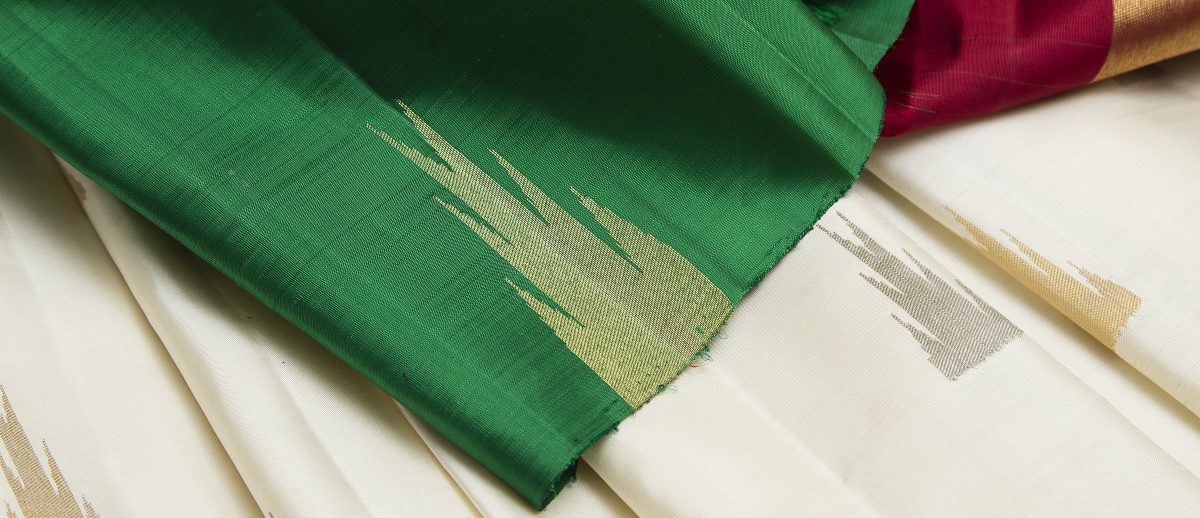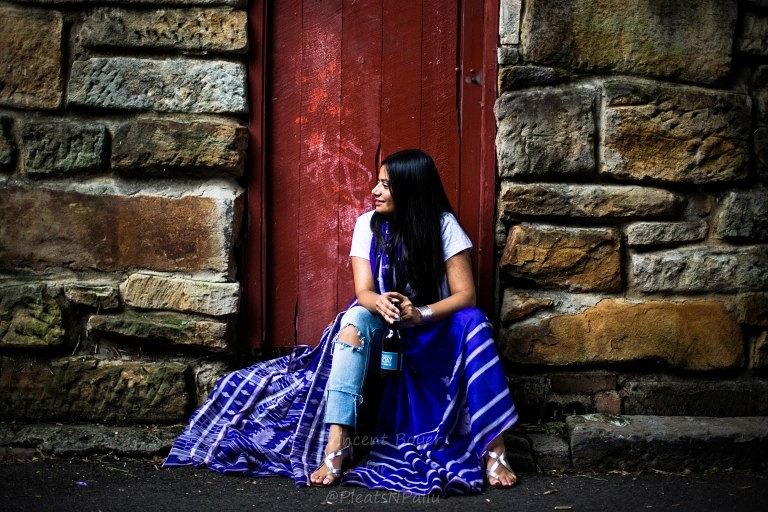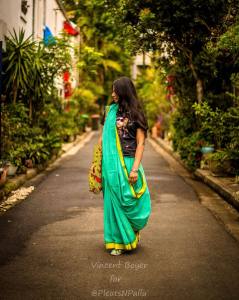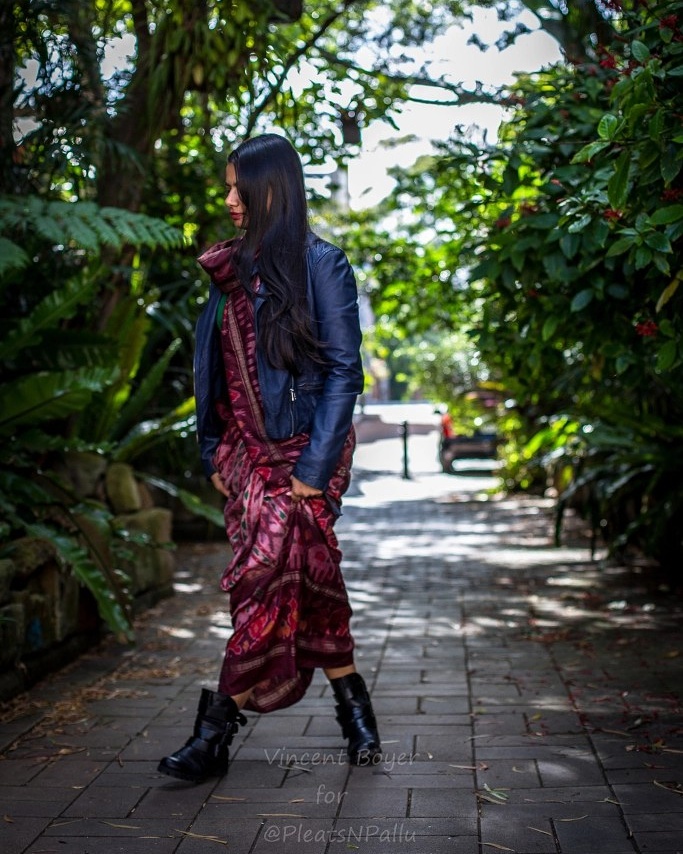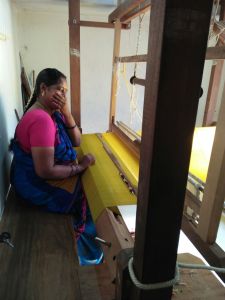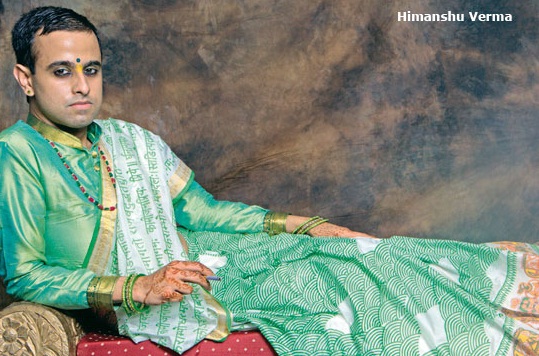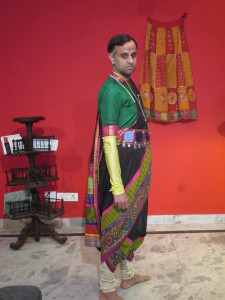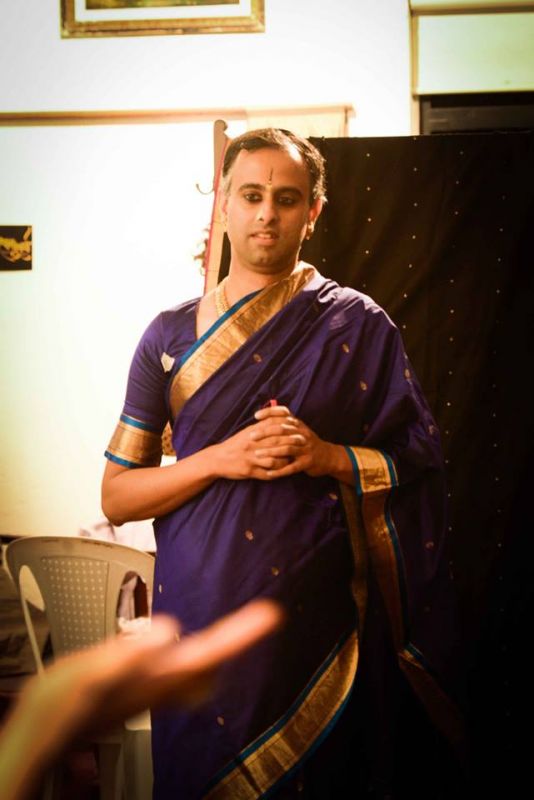Beautiful, smart, musician, teacher, handloom evangelist, mother to a 4 and half year old and let’s not forget, a pinkathon ambassador – did you think I was talking about different people? No. This is Swati Mukund for you! What is very interesting about her is how happy she looks draped in saris! While the rest of us are finding reasons and occasions to wear saris, here is a young girl who has made it a part of her lifestyle. She is one of the few to have grasped the versatility of this attire, quite evident in how much she experiments with them! So I just had to talk to her and she very sweetly accommodated me into her busy schedule.
Swati’s love for Saris
It started at a very young age, watching my mom and grandmom do everything in a sari. I have met people who run marathons in one. So it’s not an attire that I think of only on occasions. It’s a part of my lifestyle and I grew up wearing saris. I am comfortable in other clothes too – from western to other Indian ethnic. But it’s saris that remain close to my heart. Nothing else does as much justice.
Saris – a regular affair
A Sari is like any other garment. You can wear it whenever you want to. But most of the time it’s worn during special occasions or festivals. When people see you in a sari they tend to think you’re dressed up for something special. But when you wear it regularly, they get used to seeing you in it and then it becomes part of your identity. This is what happened to me. But it’s a conscious choice we need to make. I find saris to be as comfortable as any other attire, and I have a lot of fun draping it in different ways. While others experiment with different kinds of clothes, be it lehengas, or dresses, I experiment with saris… by wearing it with kurtas, T-shirts and so on.
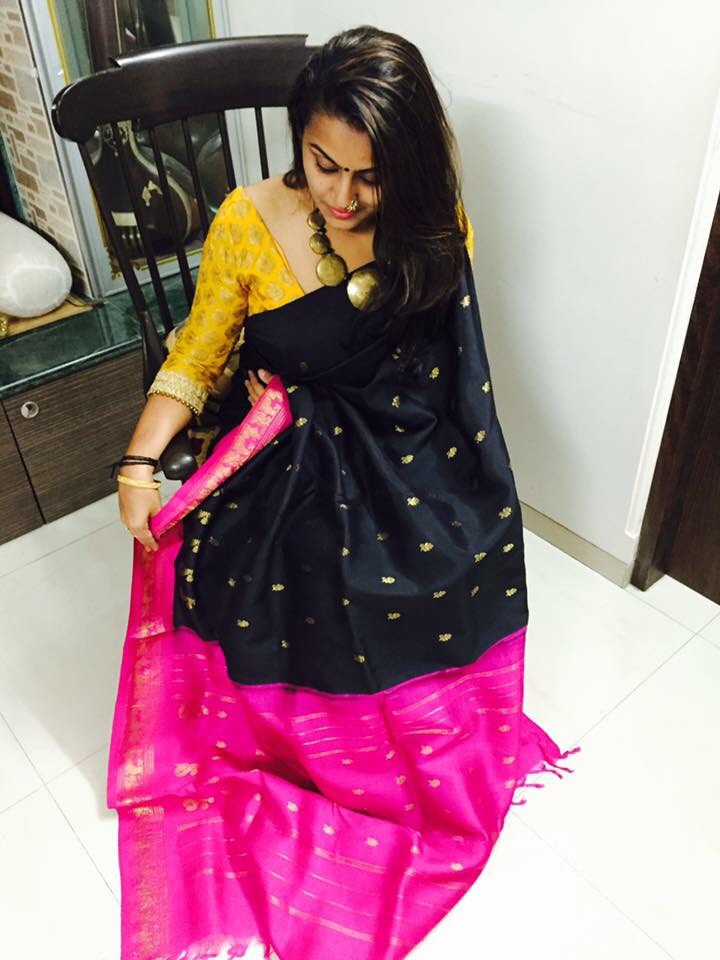 Love for Kanjivarams
Love for Kanjivarams
Up until 2-3 years ago, the majority of my sari collection consisted of kanjivarams. I have worn all sorts of kanjivarams, from the grand heavy ones to the light simple ones. All my special occasions are marked in a kanjivaram. My grandparents gifted me one for my first day in college. I wore a beautiful kanjivaram for my first concert. I can never get tired or bored of it.
Running Marathons in a Sari!
It was very comfortable. The thing about saris is that it gives you the flexibility to drape it in a style that suits you and the occasion. For the marathon, I chose to wear it like a jump suit (madisar), and it was absolutely fine.
I live in Bombay and a lot of times I wear a sari when others around me aren’t. But Bombay as a city is very accommodating of different kinds of people. There is space to hone your individuality while being accepted completely by others. So even if there aren’t too many people wearing saris, I am comfortable doing so. Once I went to a night club straight from work, and I happened to be in a sari. A lot of people came up to me to say how good it looked!
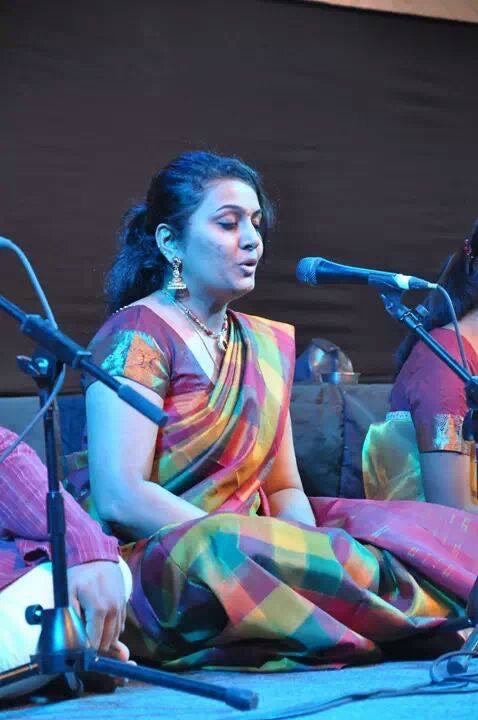
Passion for Handwoven saris
In general I like anything that’s handmade. It has a personal touch to it. This love extends to weaves as well. I love handwoven saris because it takes a lot of effort, time, energy and creativity to make them. This is reflected in the quality of the saris. And by buying them, we are acknowledging and encouraging the weaver and his or her talent. I mostly wear handloom saris. One goal of mine is to own all kinds of handlooms such as Ikkat, banarasi, paithani, jamdhanis and so on..
Future of handlooms
With social media and the whole 100 days of saris pact, I can clearly see a lot of revivals happening. There is definitely a bright future for handwoven saris. A lot more information is available to customers now than ever before with which an informed decision can be made. This awareness that is being created is definitely having a ripple effect all over.

